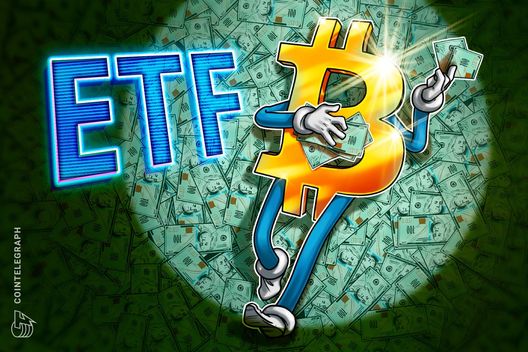In a recent report by Cointelegraph, industry specialist Samson Mow expressed his views on the current state of Bitcoin’s price movement, suggesting that recent fluctuations appear “very manufactured.” This statement has sparked discussions among traders and investors alike, as he highlights concerns regarding the underlying forces influencing Bitcoin’s valuation. Mow’s insights reflect a growing skepticism within the cryptocurrency market, where speculation and market manipulation can sometimes overshadow genuine trading dynamics.
The cryptocurrency landscape has been marked by extreme volatility, with Bitcoin often at the forefront of dramatic price shifts. Mow’s remarks resonate with a broader sentiment that questions the legitimacy of certain pricing trends, drawing attention to potential artificial influences behind these movements.
“Bitcoin’s price is not just driven by natural market supply and demand; there seems to be a strategic play at hand,” Mow noted.
As the conversation around Bitcoin’s price intensifies, Mow’s analysis encourages a closer examination of market behaviors and the impact of external factors. Investors are urged to remain vigilant and informed, especially in light of growing regulatory scrutiny and evolving market strategies. With all eyes on Bitcoin’s performance, the industry’s trajectory continues to raise important questions about its future stability and transparency.

Bitcoin’s Price Movement ‘Looks Very Manufactured’
Samson Mow shares insights on the current state of Bitcoin’s price movement, suggesting artificial influences at play. Here are the key points from the article:
- Manufactured Price Movements:
- The recent fluctuations in Bitcoin’s price appear to be artificially orchestrated.
- Market manipulation concerns are raised, pointing to a lack of organic growth.
- Impact on Investor Sentiment:
- Distrust among potential investors may grow due to perceived manipulation.
- Long-term investors might reconsider their strategies and hold positions.
- Market Health Indicators:
- Artificial price movements could signal instability in the Bitcoin market.
- Volatility can influence investment decisions and market entries/exits.
- Regulatory Responses:
- The possibility of increased regulation may arise if manipulation is confirmed.
- Stricter oversight could impact trading and investment ecosystems.
This information may help investors navigate the complexities of Bitcoin trading and reinforce the importance of conducting thorough research before making investment decisions.
Samson Mow’s Insight on Bitcoin Price Manipulation: A Deeper Dive
Recent insights from blockchain expert Samson Mow suggest that the current trajectory of Bitcoin’s price appears suspiciously orchestrated. This raises compelling discussions within the cryptocurrency community, as Mow highlights concerns over the integrity of market actions that may result in a deceptive economic narrative. His observations contrast sharply with more traditional views of market dynamics, which generally lean towards principles of supply and demand.
Competitive Advantages: Mow’s perspective adds a layer of credibility to critiques of Bitcoin’s market behavior, particularly as price fluctuations have been pronounced. His stature in the crypto ecosystem enables him to tap into a network of influential voices, amplifying concerns about potential manipulation. Moreover, this dialogue serves to foster a more informed community, urging investors to approach the market with a critical lens rather than blind optimism.
Disadvantages: On the flip side, Mow’s claims could exacerbate existing skepticism among potential investors, further entrenching doubt regarding the legitimacy of cryptocurrency markets. If new investors shy away due to fear of manipulation, it could negatively impact the overall market liquidity and price stability, undermining the very assets they’re cautious of. This embarrassing scrutiny could stall Bitcoin’s broader adoption as a reliable currency.
This narrative has implications for various stakeholders. Institutional investors may find the notion of a manufactured market riskier, potentially leading to hesitance in allocating significant resources to Bitcoin and other cryptocurrencies. On the other hand, seasoned traders and crypto enthusiasts may welcome this discussion as a prompt for deeper analysis and strategic positioning, elevating their investment acumen in a challenging environment.
Ultimately, while Mow’s insights are undoubtedly thought-provoking, they also serve to delineate a divide in the cryptocurrency community—between those who dare to question the status quo and those who prefer the allure of speculative gains. Navigating this terrain will be crucial for any participants looking to thrive in the ever-evolving landscape of digital currencies.

















